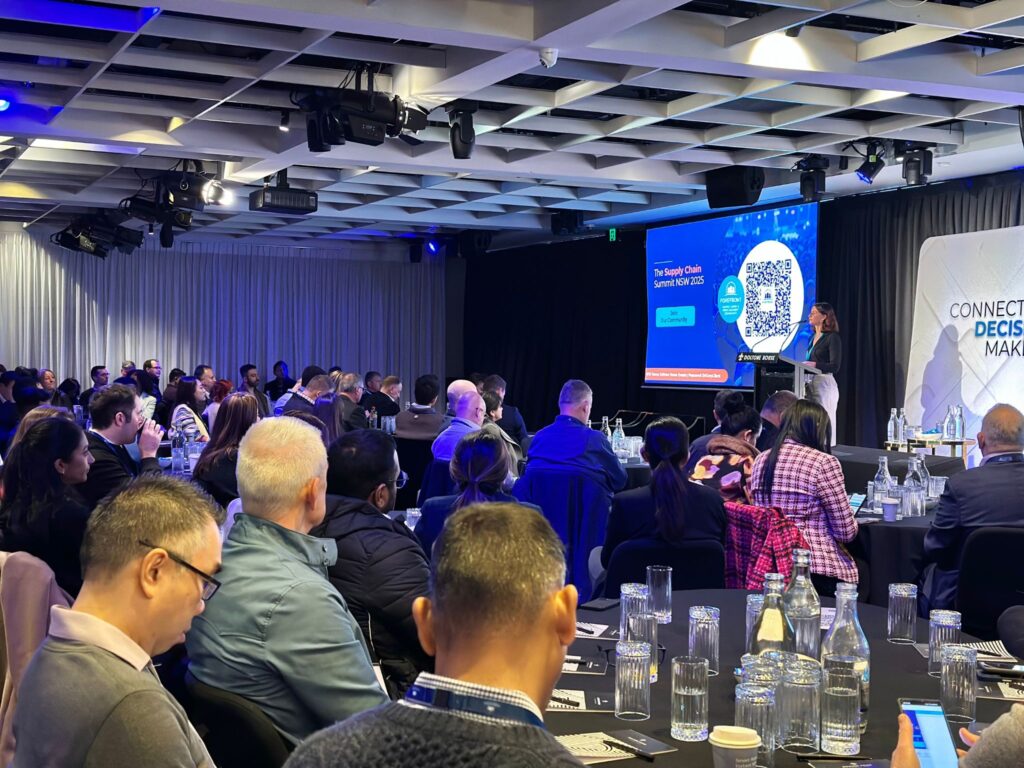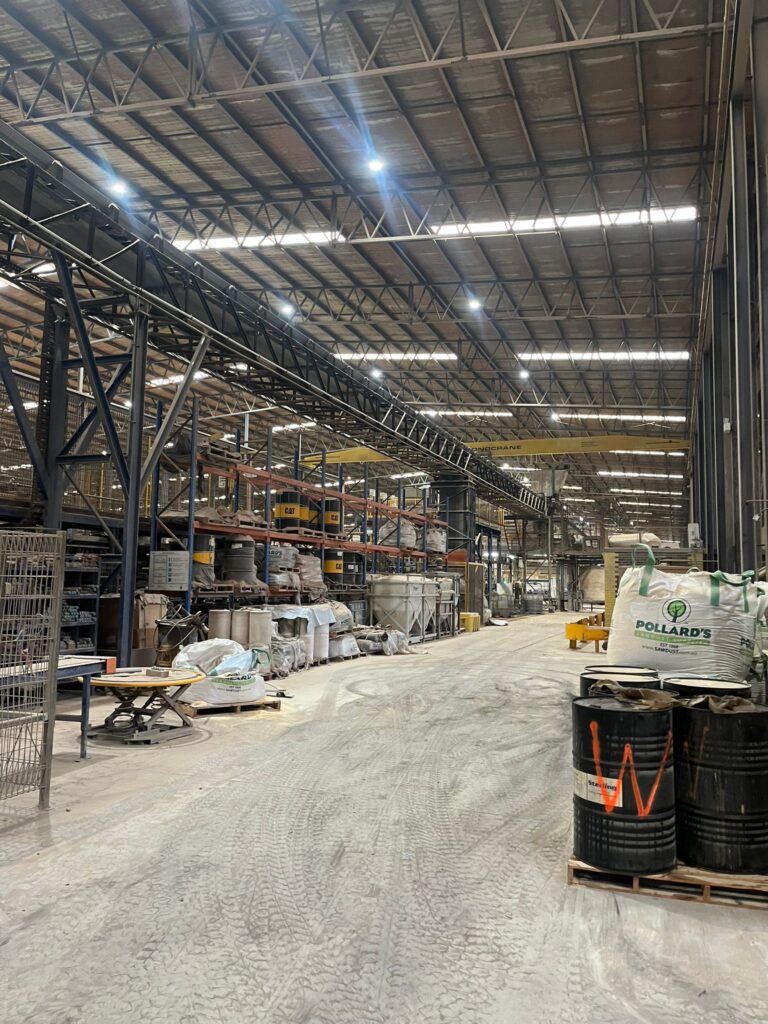In supply chain planning, businesses are at a pivotal juncture, with leaders actively seeking ways to improve. For decades, spreadsheet-based functional planning was the backbone of many supply chain processes. While this approach offered flexibility and ease of use, the processes often operated in silos, leading to fragmented decision-making and limited visibility across the entire supply chain. Given our intricate and fast-paced global environment, such an approach is no longer viable. There’s an urgent need to shift from siloed, spreadsheet-based planning to an integrated, end-to-end planning approach.
The shift requires:
S&OP: Transitioning from frequent but unstructured collaboration between sales and operations to integrated business planning with holistic integration of all business functions into the S&OP process, focusing on decision-making.
Enhanced demand planning: Moving from using simple historical data and statistical methods to fully optimised forecasting and demand management, adopting an outside-in focus using near real-time data driven demand and AI inputs.
Supply planning: Shifting from reactive and spreadsheet-based planning to optimised supply planning using advanced analytics and AI to concurrently optimise inventory levels, production schedules, and transport plans.
Network planning: Evolving from visibility provided by transport control towers to proactive future predictions, constantly reconfiguring supply chain networks to meet the ever-changing needs of business.
E2E scenario management: Moving from reactive capability with a focus on single outcomes to strategic planning capabilities using advanced tools to master the management of multiple trade-offs, combined with a focus on continuous improvement.
Data quality and management: Developing beyond standardisation and control to ensure data consistency to support optimisation and automation to drive continuous improvement of master data.
To drive the transformation, companies need to assess where they are, determine where they want to be, and then use the maturity statements within the ‘From’ and ‘To’ layers to inform the transformation roadmap. Accepting that different supply chain planning areas within a business may be operating at different levels of maturity, it may not be desirable to achieve excellence in integrated planning in every segment. What’s essential is a prioritised roadmap that propels improvements across all areas as part of a cohesive strategy.
Furthermore, it’s paramount to integrate sustainability into your trade-off decisions rather than relegating it to an afterthought. The global supply chain ecosystem is becoming increasingly conscious of environmental and ethical considerations, and businesses must prioritise sustainability as a key factor in their strategic planning.
This must be supported by a technology roadmap, which recognises and applies the right tools within the context of the transition. Moving from a functionally based to an end-to-end planning-focused approach requires maturity in planning processes across the supply chain.
Argon & Co’s pathway to Planning Excellence highlights the critical competencies in each area of supply chain planning to support the journey from spreadsheet-centric planning to excellence in integrated planning. The strategy, coupled with technological innovations, development of people capabilities, and data proficiency, will pave the way for the transformation of supply chain planning in your organisation.
Author: Dave Alberts, Sam Maguire







